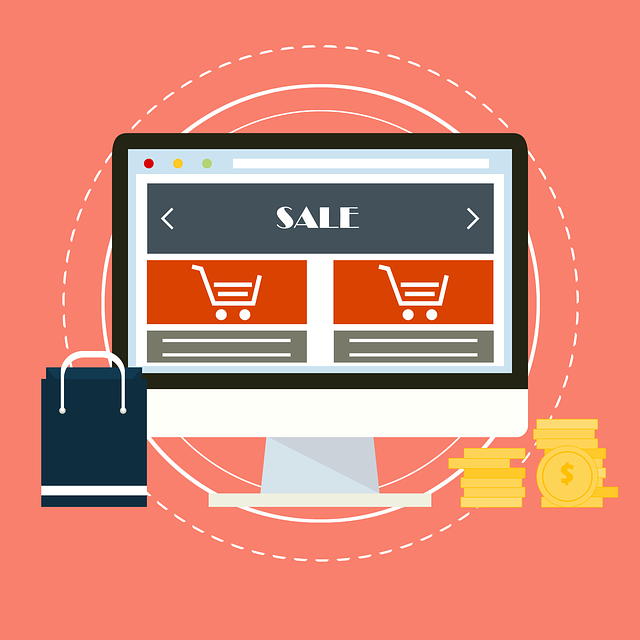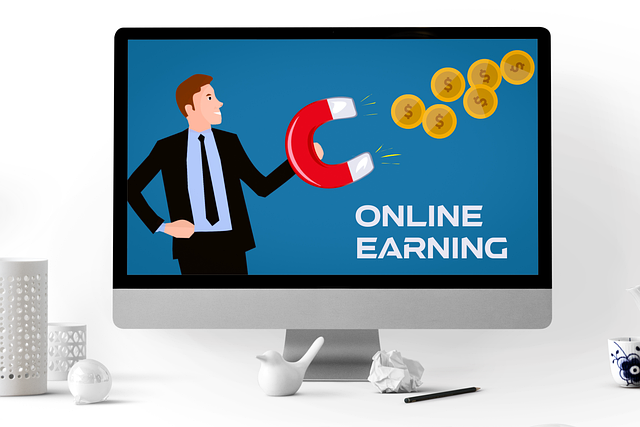In the digital age, whistleblowers and activists risk their safety exposing injustices online. To protect them, marketing professionals must master stealthy web surfing. This involves using VPNs, proxy servers, ad-blockers, and secure browsers to encrypt data, hide IP addresses, and minimize tracking. By adopting these privacy tools, marketers enable activists to focus on impact without fear of retaliation, making it a crucial resource for both ethical marketing and protecting vital activism.
In an era where digital footprints can expose sensitive information, anonymizing browsers offer a lifeline for whistleblowers and activists. This article explores the critical need for online anonymity in light of growing surveillance and censorship. We delve into the risks faced by those who dare to speak truth to power, highlighting the significance of stealthy web surfing techniques for marketing professionals and advocates alike. Discover tools and best practices ensuring secure, untraceable digital communications.
- Understanding the Need for Anonymity Online
- The Risks and Challenges Faced by Whistleblowers and Activists
- Tools and Techniques for Stealthy Web Surfing
- Best Practices for Maintaining Anonymity While Using the Internet
Understanding the Need for Anonymity Online

In today’s digital age, the internet has become a powerful tool for whistleblowers and activists who seek to expose injustice and spark change. However, engaging in such activities online comes with significant risks. Anonymity is crucial for protecting their identities and ensuring their safety from potential retaliation. Without it, individuals risking their careers or even personal well-being to bring attention to important causes could find themselves vulnerable to harassment, surveillance, or legal repercussions.
Stealthy web surfing is therefore not just a privilege but a necessity for marketing professionals and activists alike. It enables them to navigate the online realm securely, allowing for uninhibited research, communication, and information sharing without leaving detectable traces. This level of privacy ensures that their efforts can focus on making an impact rather than worrying about potential consequences.
The Risks and Challenges Faced by Whistleblowers and Activists

Whistleblowers and activists often find themselves in dangerous situations as they uncover and expose sensitive information, which can lead to significant personal risks. In today’s digital age, their online activities are closely monitored, making it crucial for them to engage in stealthy web surfing. One of the primary challenges is maintaining anonymity while accessing critical data or sharing information with allies. Online footprints must be meticulously erased to prevent government surveillance, cyberstalking, or retaliation from powerful entities.
Marketing professionals who support these individuals play a vital role in ensuring their safety. By implementing advanced privacy tools and anonymous browsing techniques, they can enable whistleblowers to gather and communicate evidence securely. Stealthy web surfing is essential for activists to organize, coordinate protests, and access blocked information without leaving traceable digital marks. This helps protect them from potential consequences and allows them to continue their noble work uninhibited.
Tools and Techniques for Stealthy Web Surfing

Marketing professionals who prioritize both effectiveness and ethical considerations find themselves drawn to the concept of stealthy web surfing. This involves using tools and techniques that allow them to browse the internet anonymously, protecting their identities and locations from prying eyes. Such practices are especially crucial for whistleblowers and activists who need to gather sensitive information without leaving traces.
There is a range of tools available today designed to facilitate stealthy web surfing, including Virtual Private Networks (VPNs), proxy servers, and ad-blockers with privacy enhancements. VPNs encrypt internet traffic, hiding users’ IP addresses, while proxy servers act as intermediaries, allowing anonymous access to websites. Combining these with browser extensions that block trackers and ads ensures a lower digital footprint, making it harder for third parties to trace online activities back to the user.
Best Practices for Maintaining Anonymity While Using the Internet

Maintaining anonymity online is a delicate balance, especially for whistleblowers and activists who need to stay incognito while engaging in vital work. Stealthy web surfing requires a multi-layered approach. Start by utilizing trusted and privacy-focused browsers that offer built-in protections, such as blocking trackers and encrypting data. These tools significantly reduce your digital footprint.
Next, employ strong, unique passwords for every online account and enable two-factor authentication where possible. Avoid using personal information in usernames or profiles. Use a Virtual Private Network (VPN) to mask your IP address, ensuring your online activities appear to originate from a different location. Additionally, consider using Tor browsers for enhanced anonymity, as they route internet traffic through multiple encrypted layers, making it significantly harder to track users.
For whistleblowers, activists, and marketing professionals alike, navigating the digital landscape requires a delicate balance between online visibility and privacy. By employing tools and adopting best practices for stealthy web surfing, individuals can protect their identities while still leveraging the power of the internet. Understanding the risks and challenges is paramount to ensuring that voices are heard without undue scrutiny or reprisal. Anonymizing browsers offer a critical line of defense, enabling users to explore the web with enhanced discretion and security. This knowledge empowers individuals to engage in digital activism and whistleblowing with greater confidence, fostering an environment where free expression can thrive without fear of exposure.
